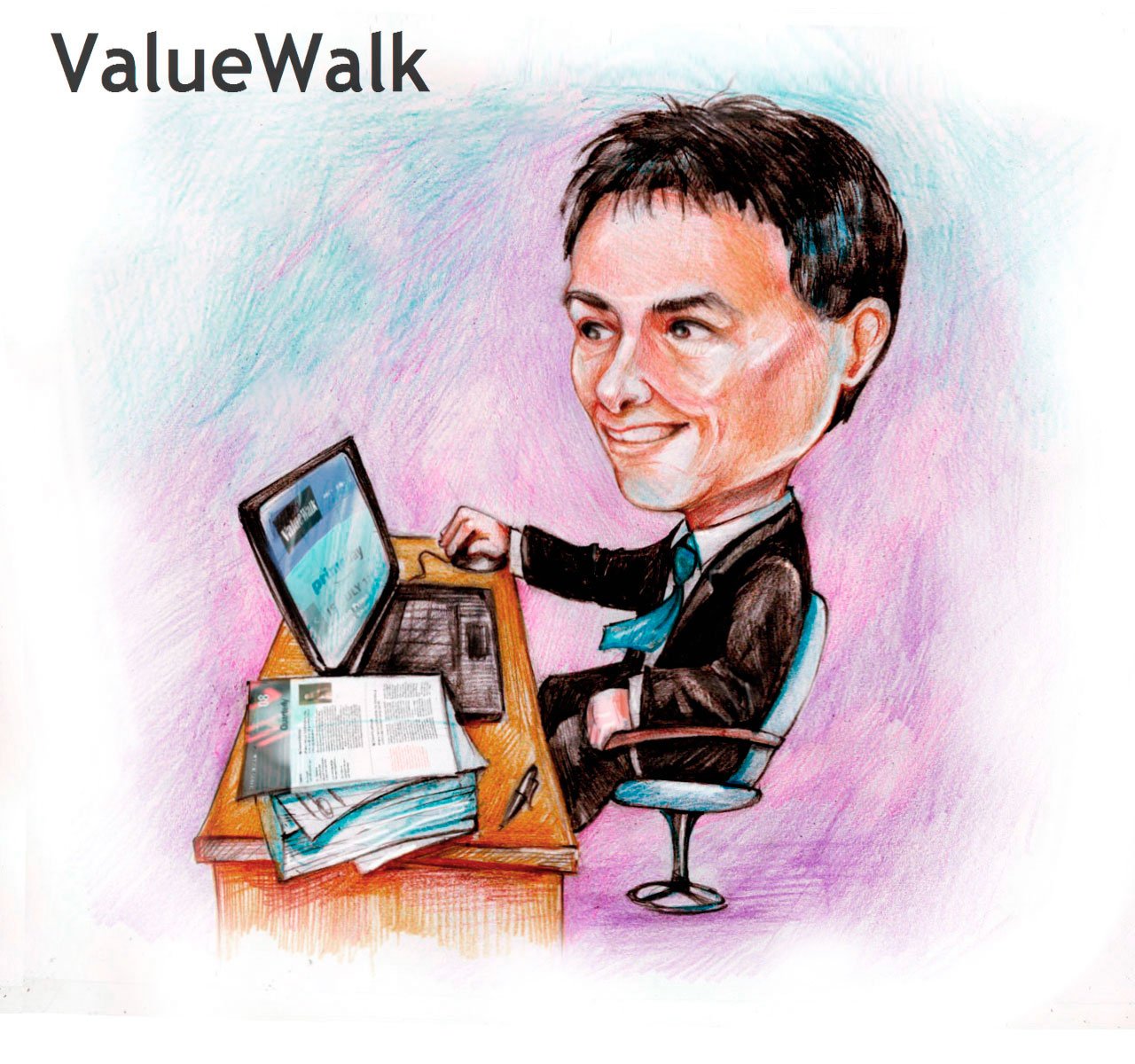Sears and Seven-Foot Hurdles by John Huber, Base Hit Investing
A few weeks back I came across an article that someone had posted on Sears. It is a fascinating read for a few different reasons. One, I think Sears is an excellent case study of the retail industry and the difficulties of investing and allocating capital in that type of business, and two, the article was written in the summer of 1988.
This post is not a prediction of the demise of Sears, or an indictment against those who find value in the stock, it’s just my own commentary on the case study and some observations I had while reading the interesting piece.
Some Clips From 1988
First the title of the piece itself is telling:
“Sears: Why the last big store must transform itself, or die“.
Sounds like a headline for a piece from 2014, doesn’t it?
Here are some other “deja vu all over again” type quotes from this 1988 article on Sears (emphasis mine):
First, the article depicts the scene at an analyst conference where Sears’ executives pleaded their case that progress at the firm–while elusive so far–was imminent:
“(The CEO of Sears pledged that the retailer) stood poised for a long-awaited turnaround… Despite past, unsuccessful counterattacks against specialty and discount merchants, there would be no more false starts. Success lay just around the corner. But (the CEO and his top executive) soon found themselves in familiar waters: Sears was selling a bill of goods that nobody wanted to buy.”
I found the following interesting solely because of the reference to market value:
“With a market capitalization of $14 billion, Sears is too big, and too powerful, to fall to a raider.”
Sears current market cap: $3.5 billion. (Note: Of course, this isn’t completely apples to apples because of the many different asset sales, spinoffs, restructurings, and other corporate events that split off some value for shareholders. However, the 1988 Sears Roebuck value didn’t include Kmart either, which paid $11 billion or so to buy Sears in 2004. Anyway you slice it, the last 27 years hasn’t been kind to shareholders…)
How about this comment on the value of Sears’ real estate assets:
“Certainly, the profit potential of a Sears bust-up is tempting. Despite hidden assets, especially a coveted real estate portfolio valued as high as $11 billion, Sears’ shares are selling at about $36.50 each–slightly above book value and a whopping 160% less than Sears’ estimated break-up value.”
Wow… this is from 1988! Insert whatever the current estimates for those numbers are, and you have an investment thesis that has been repeated–including by some really high quality investors–for the past decade or so.
This brings me to a quick aside: One thing that I think often gets left out of liquidation valuations, break-up analyses, asset sales, etc… is the general concept of the time value of money. Key factors such as absorption rates or inventory levels often get left out of the argument–i.e. how long is it going to take to sell these properties? Even if the current values of the assets are accurate–which is a big “if” if you’ve visited a vacant Sears-anchored mall lately–if it takes 10 years to sell off a massive portfolio of illiquid real estate assets, then the net present value of those assets is much lower. You can’t dump all of the assets into a real estate sector like retail all at once. Well I guess you could, but not without enormous price consequences.
There are some really high quality write-ups I’ve read regarding the value of Sears’ assets, but many others that I’ve read forget the all-important concept of time value of money. Are those two birds in the bush really worth the one in the hand? The answer depends on many things, but specifically two come to mind: your level of conviction that there are in fact two birds in the bush, and your estimate of the time it will take to get those birds out of the bush.
Back to the article… this clip generally summarizes how difficult and competitive the business is:
“Montgomery Ward & Co. has transformed itself into a tight network of value-driven specialty stores; J.C. Penney Co. has exited most hard-goods lines to concentrate on fashion-oriented soft goods. And other general merchants, such as Kmart Corp and Wal-mart Stores Inc. have made razor-sharp discount pricing a specialty unto itself.
“Sears drifts between the role of no-frills discounter and full-service department store. It sells everything from dishwashers to dresses, but not as well as specialty stores, nor as cheaply as discounters and outlet stores.”
It’s a tough business… The fate of Sears is perhaps summed up by this last clip from the article:
“‘Sears, in its present form, is not where America wants to shop‘, declares Louis Stern, a professor at (Northwestern University) and a retailing expert.”
7-Foot Hurdles
Retail is a difficult business to be in. Reading Buffett’s letters and studying his previous investments have left me with a couple broad (and possibly contradictory) conclusions. One, you don’t have to be a Buffett clone to do well in investing—I think it’s wise to think independently, do your own analysis, and come to your own conclusions. Two, it’s almost always a wise thing to follow Buffett’s general advice on investing and business.
Lampert once referenced Buffett’s quote “I don’t try to jump over 7-foot hurdles: I look for 1-foot hurdles that I can step over“. Lampert said that he loves 1 foot hurdles also, but he can’t find any… I was surprised to hear him say this because he was basically admitting that Sears was a 7 foot hurdle—in other words, a less than ideal investment, but he justified the investment simply because there were no other 1 foot hurdles that he could find.
This always struck me as strange because Lampert was regarded by many as “the next Warren Buffett”. I’m not a fan of referring to anyone as “the next” anyone, but Lampert certainly had a skillset and a temperament that was conducive to producing long-term results in the stock market. A young Lampert once reverse engineered Buffett’s past investments and in one particular case while still in his 20’s, flew out to Omaha and somehow got Warren to meet with him for an hour and a half so the younger investor could pepper the master with questions.
The results for Lampert were absolutely outstanding, and the Buffett comparisons, which started early, continued to grow as his fund and his track record grew. Even today, many liken the asset-heavy Sears Holdings to the original Berkshire Hathaway—the dying textile business that consumed more cash than it spit out for Buffett. Many Sears investors are hoping Lampert turns it into “the next Berkshire Hathaway”—another “the next” comparison that may end up being relevant but probably gets thrown around too frivolously.
Anyhow, there are a lot of lessons with Sears, and I suppose that the story isn’t finished yet for Lampert nor SHLD, but I think the story probably is finished for Sears as a retailer. It was probably finished a long time ago—probably well before Eddie even began producing 30% annual returns in his investment partnership. There still might be value there somewhere in the holding company, and I would not be betting against Lampert. Again, this is not a knock on the guy—I think he’s incredible, and I think his investment record (outside of Sears) is probably one of the best records of the last few decades. If there is any way to squeeze value out of Sears, I believe Lampert will do it. But again, there certainly were far lower hurdles for him to step over than tackling this monster.
Anyway you slice it, it’s a fascinating case study, and one that is worth reading about. Here is the link to the full article referenced above from 1988.
Have a great week!





